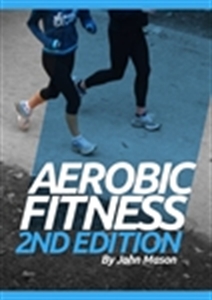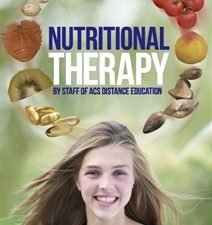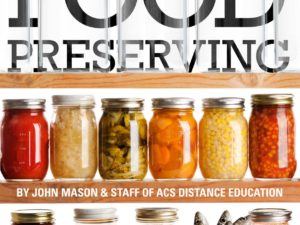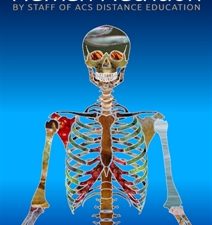Product Description
A person with reasonable aerobic fitness usually has a healthy heart, lungs and circulatory system. This means that they are able to breathe well, absorb plenty of oxygen into the blood, and efficiently transfer that oxygen throughout the body. It also means that waste products can be easily removed from the body by being absorbed into the the blood and carried effectively to where they can be eliminated
By maintaining good aerobic fitness you will generally perform better in intellectual as well as physical pursuits; you will tend to resist illness better, live longer and find it easier to maintain a healthy mental state.
This book will assist the reader to generally improve their aerobic fitness levels and overall health. It looks at equipment, facilities and current trends within the fitness industry, including fitness testing, exercises, programming and safety.
The reader will also learn about the body and its functions, enabling them to educate others to reach their aerobic potential.
Contents
Introduction
Differences between aerobic and anaerobic exercise
Chapter 1 human biology & aerobic fitness
Sources of atp
Energy definitions
Energy production pathways from different foods
What happens during exercise
Training response
More on fatigue
Recovery from exercise
Other factors affecting performance
Human anatomy
The muscular system
The respiratory system
The circulatory system
The physiology of the circulatory system
Chapter 2 equipment & facilities
Where to exercise
Outdoor areas
Clothing and footwear
Music
Characteristics of equipment
Examples of equipment used in aerobic activities
Other types of equipment specific to aerobics classes
Aerobic home equipment
Maintaining equipment
Outdoors/park equipment used for aerobic exercises
Chapter 3 exercises
How often, how hard
Exercise movement components
Running/jogging/walking
Cycling
Swimming
Rowing
Stepping & climbing
Skipping
Ball sports
Surfing
Horse riding
Skating
Skiing
Jumping
Tai chi (tai qi)
Wilderness areas
Safety
Gym/class exercises
Stretching
Muscle conditioning
Chapter 4 special people & situations
Pregnancy
Older adults
Children
People with disabilities &/or handicaps
Overweight people
Other health problems
Chapter 5 safety
Aerobic classes
Safety related issues
Safety in other aerobic activities
First aid considerations
Identifying hazards
Pre-screening of clients
Legal liabilities for fitness instructors
Chapter 6 fitness testing/assessment
What do we test?
What can we measure?
Designing fitness tests
Chapter 7 programming, motivation & leadership
Fitness/aerobics class design
Programming an exercise session
Designing exercise programmes
A typical aerobics class
Writing an exercise programme
Classes for different types of people
Configurations or patterns for movement
Motivation
Dealing with complaints
Chapter 8 directory/appendix
Courses
Equipment
About the Author
John L. Mason Dip.Hort.Sc., Sup’n Cert., FIOH, FPLA, MAIH, MACHPER, MASA
Mr Mason has had over 35 years experience in the fields of Horticulture, Recreation, Education and Journalism. He has extensive experience both as a public servant, and as a small business owner. John has held positions ranging from Director of Parks and Recreation (City of Essendon) to magazine editor.
John is a well respected member of many professional associations, and author of over thirty five books and of over two thousand magazine articles. Even today, John continues to write books for various publishers including Simon and Shuster, and Landlinks Press (CSIRO Publishing).
If you would like to do a course in fitness please see our fitness courses at https://www.healthcourses.com.au/course-category/fitness-courses-online





